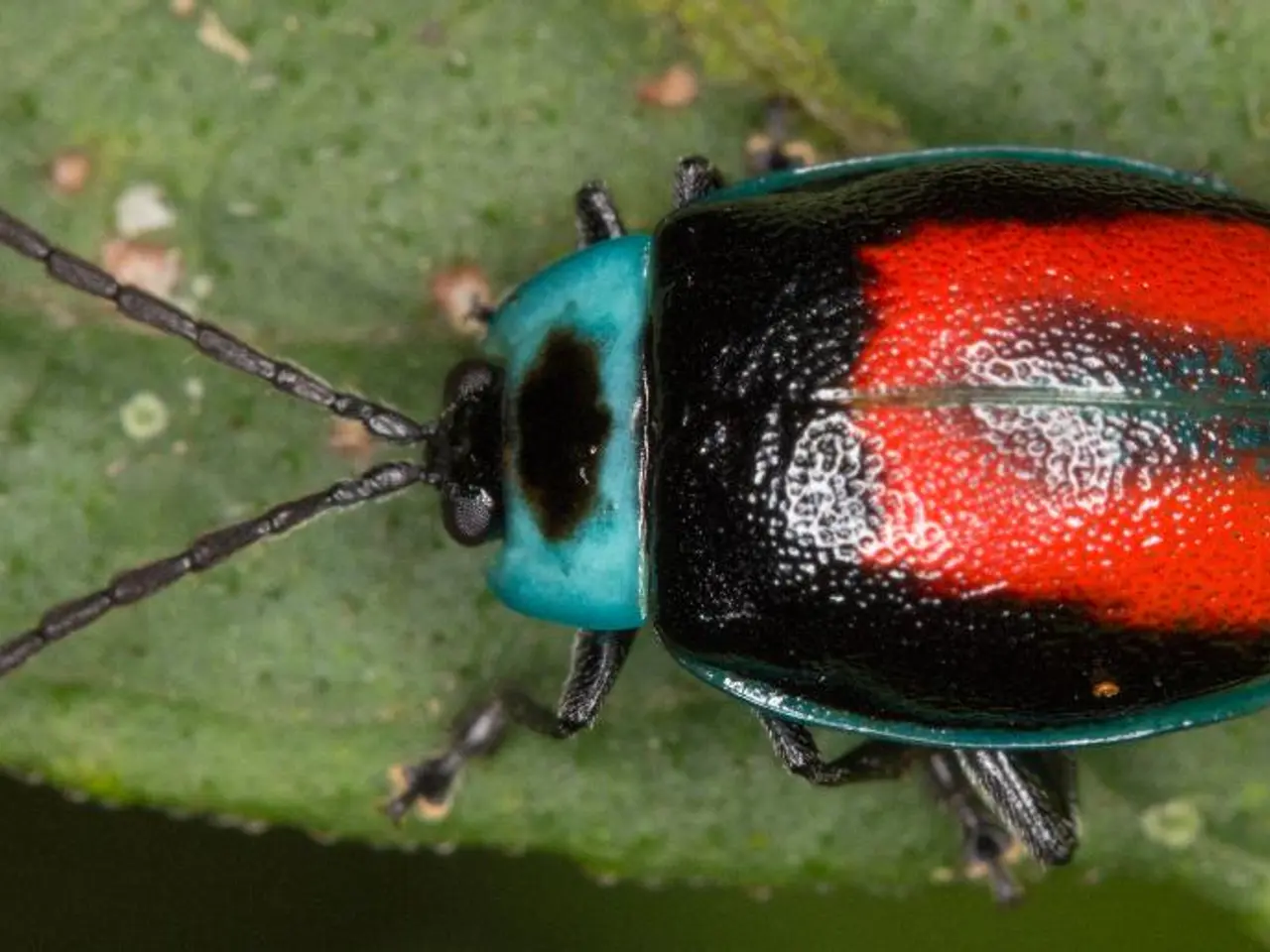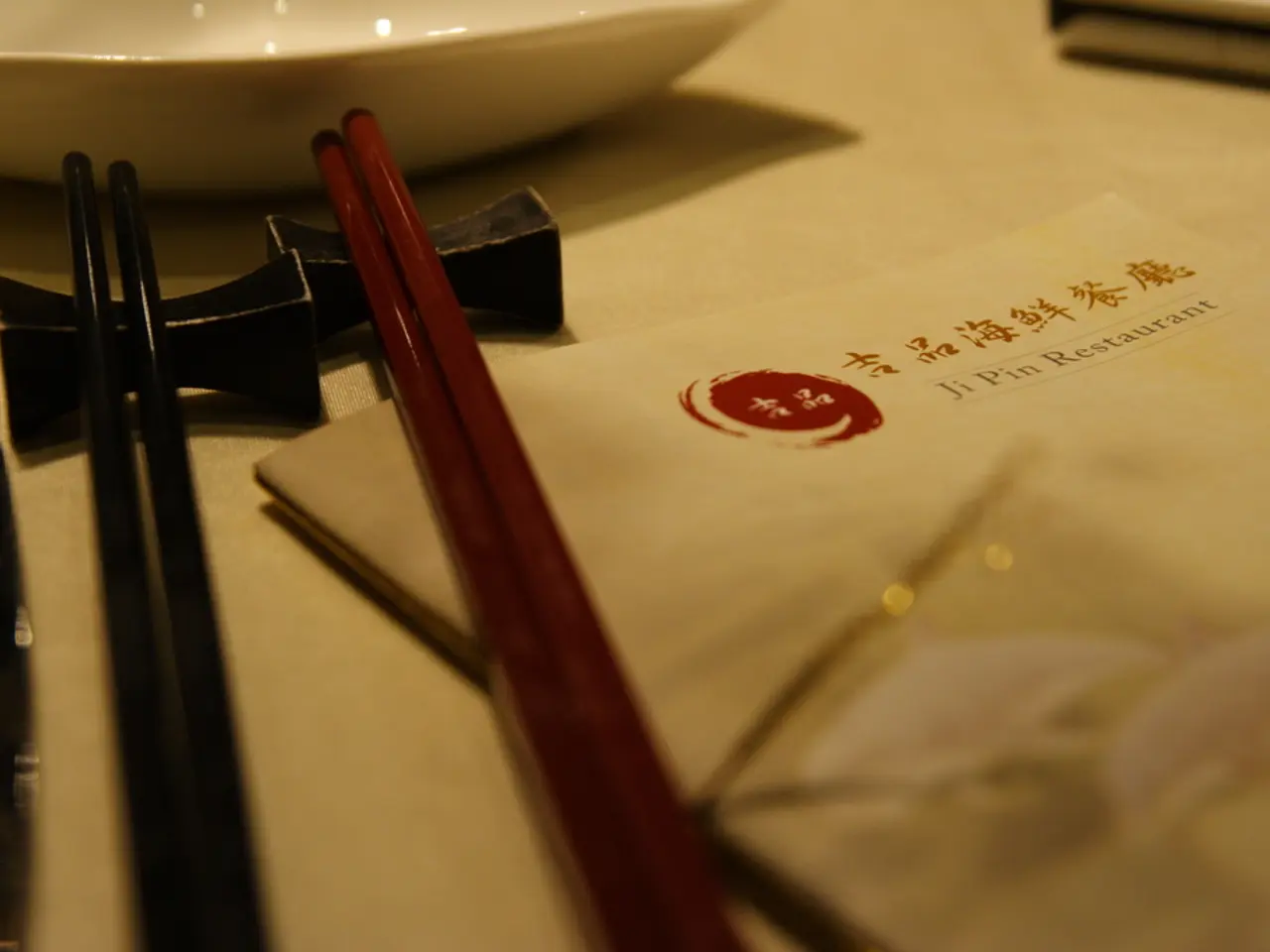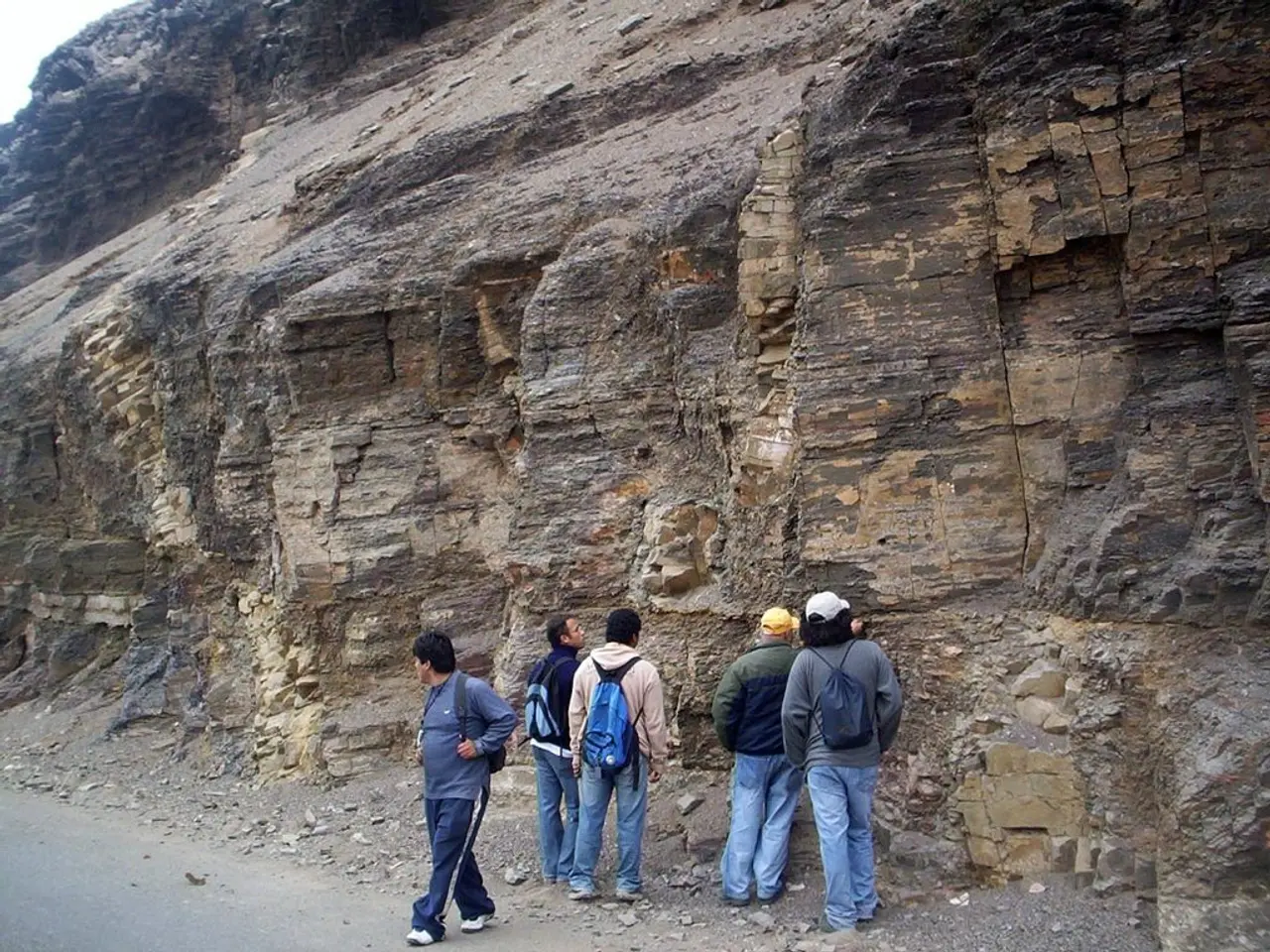Insect Pest: Japanese Beetle
The Japanese beetle, a destructive pest, is causing concern across several regions in North America. These insects, known for their wide host range and ability to thrive in irrigated landscapes, are causing significant damage to crops, gardens, and ornamental plants.
Commercially available products containing strains of Steinernema carpocapsae have shown marginal effectiveness against Japanese beetles. On the other hand, preparations containing Heterorhabditis spp. seem to be the most effective of the currently available nematodes. These nematodes are most effective when applied during the second instar stage of the white grubs.
Irrigation plays a crucial role in the effectiveness of these products. It is recommended to apply 3/8 to 1/2 inch of irrigation but avoiding surface runoff. Irrigation before and after nematode application with at least 1/4 inch of water significantly increases the efficacy of the nematodes.
Bacillus thuringiensis (Bt) strains that are active against beetles have been shown to provide effective grub suppression against Japanese beetles and masked chafers when applied during the summer months. Products containing halofenozide should be applied in July into the second week of August.
Insecticides with residues that remain active for weeks to months in the soil-thatched interface can also be used for grub control. Products containing chlorantraniliprole can be applied from early April through July, while those containing imidacloprid or thiamethoxam are effective when applied from June through August. Trichlorfon may be used in late April and early May, but it needs to be watered in immediately after application. Products containing dinotefuran, trichlorfon, or clothianidin work best when Japanese beetle grubs are in the first and second instars.
Several traps have been developed to capture the adults of Japanese beetles. These traps use a mixture of the aggregation and sex pheromones. However, data indicate that these traps do not significantly reduce grub populations and in some cases may actually contribute to increased foliar plant damage as a result of adult beetle feeding.
Parasitic wasps, such as Tiphia popilliavora and T. vernalis, and the winsome fly, Istocheta aldrichi, have been imported and are established in several eastern states. These parasites do not seem to be reliable in reducing Japanese beetle populations below damaging levels.
Japanese beetle quarantines, operated by the USDA-APHIS, seem to have slowed the westward progression of these pests. Airports and rail yards are often under quarantine, and transporters must treat their containers before shipping. Nurserymen and sod producers shipping plant material with soil out of infested areas must obtain an inspection and certification.
The bacterial milky diseases, Paenibacillus popilliae Dutky and B. lentimorbus Dutky, have infected white grubs in certain areas of the eastern United States. However, these parasites also do not seem to be reliable in reducing Japanese beetle populations below damaging levels.
The Japanese beetle prefers a wide range of host plants, feeding on more than 300 species including hardwood trees, ornamentals, fruits, and crops. Common hosts include roses, linden, crabapple, grapevines, American elm, willow, peach, corn, and soybeans. They cause damage by skeletonizing leaves, defoliation, and feeding on fruit surfaces. Larvae feed on grassroots underground, impairing plant health and vigor, which results in browning and dieback symptoms.
Damage symptoms include leaves with a “skeletonized” appearance, wilting or browning of affected plants due to root feeding by grubs, reduced fruit yield and quality from adult feeding, and general decline in plant health and aesthetic value in turf, gardens, and orchards.
The Japanese beetle's impact varies widely across different U.S. states, largely depending on climate, soil conditions, and local management efforts. They thrive in areas with well-watered turf and cultivated landscapes but struggle in drier climates. In Colorado, Japanese beetles were first noticed in the 1990s, with populations becoming established and remaining high in urban areas like Denver. Conversely, in Palisade, Colorado, eradication efforts successfully eliminated beetles by 2009 through aggressive pesticide use targeting grubs.
In Kansas, Japanese beetles are considered out of control and have significant agricultural impacts. They feed on over 300 plant species, including crops like corn and soybeans. In Wisconsin, Japanese beetles are also widespread, particularly in gardens and yards. In Canada, especially British Columbia, Japanese beetle populations are under active surveillance and eradication efforts. The beetle was detected in various municipalities, with trapping used to monitor and reduce populations. Alberta reported no detections in recent surveys, and other provinces have occasional captures.
In conclusion, active monitoring, trapping, and larval control are key components of Japanese beetle management in affected areas. The use of nematodes, Bt, and various insecticides can help control these pests, but their effectiveness varies. It is essential to understand the local climate, soil conditions, and host plants to implement effective management strategies.
- Incorporating environmental-science principles and understanding the soil composition and characteristics can aid in selecting crops less susceptible to Japanese beetle damage, potentially reducing the need for pesticides.
- Home-and-garden enthusiasts might consider adopting a lifestyle that prioritizes soil health and promotes a diverse range of plants to minimize the impact of the Japanese beetle, thereby enhancing their garden's overall vigor and resilience.
- Over time, the practice of integrating scientific advances in the realm of environmental-science may lead to the development of more effective and eco-friendly solutions for Japanese beetle management in various lifestyles and home-and-garden settings.




